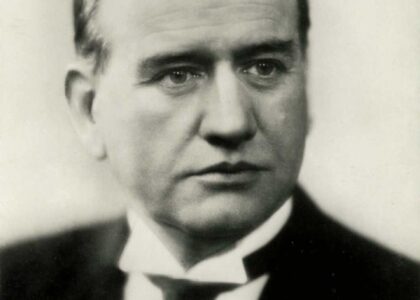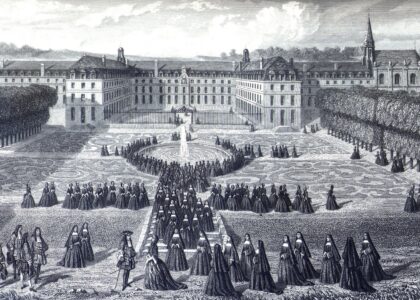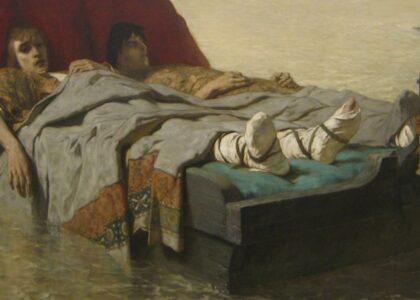Welcome to the Monumeny aux morts 1870-1871 et colonies, a poignant reminder of France’s tumultuous past. This monument stands as a tribute to the soldiers who fought and died during the Franco-Prussian War of 1870-1871, a conflict that had profound implications for France and Europe. The Franco-Prussian War marked the end of the Second French Empire and led to the establishment of the French Third Republic. It was a period characterized by intense nationalistic fervor and military engagements that reshaped the European landscape.
One of the most significant figures during this era was Léon Gambetta, a prominent republican politician. Known for his powerful oratory and leadership, Gambetta played a crucial role in the formation of the Third Republic. Despite losing an eye in his youth, Gambetta rose to prominence as a defender of the republican ideals, influencing the political landscape of France.
The events of 1870-1871 also gave rise to the Paris Commune, a radical socialist government that briefly ruled Paris. Though the Commune was eventually crushed, its legacy influenced future socialist movements and left a lasting mark on French society.
The Monumeny aux morts 1870-1871 et colonies serves not only as a memorial for those who sacrificed their lives but also as a symbol of France’s resilience and determination to rebuild and embrace new political ideologies. Over time, the monument has become a place of reflection for visitors, offering a glimpse into the turbulent history of France during the late 19th century.





